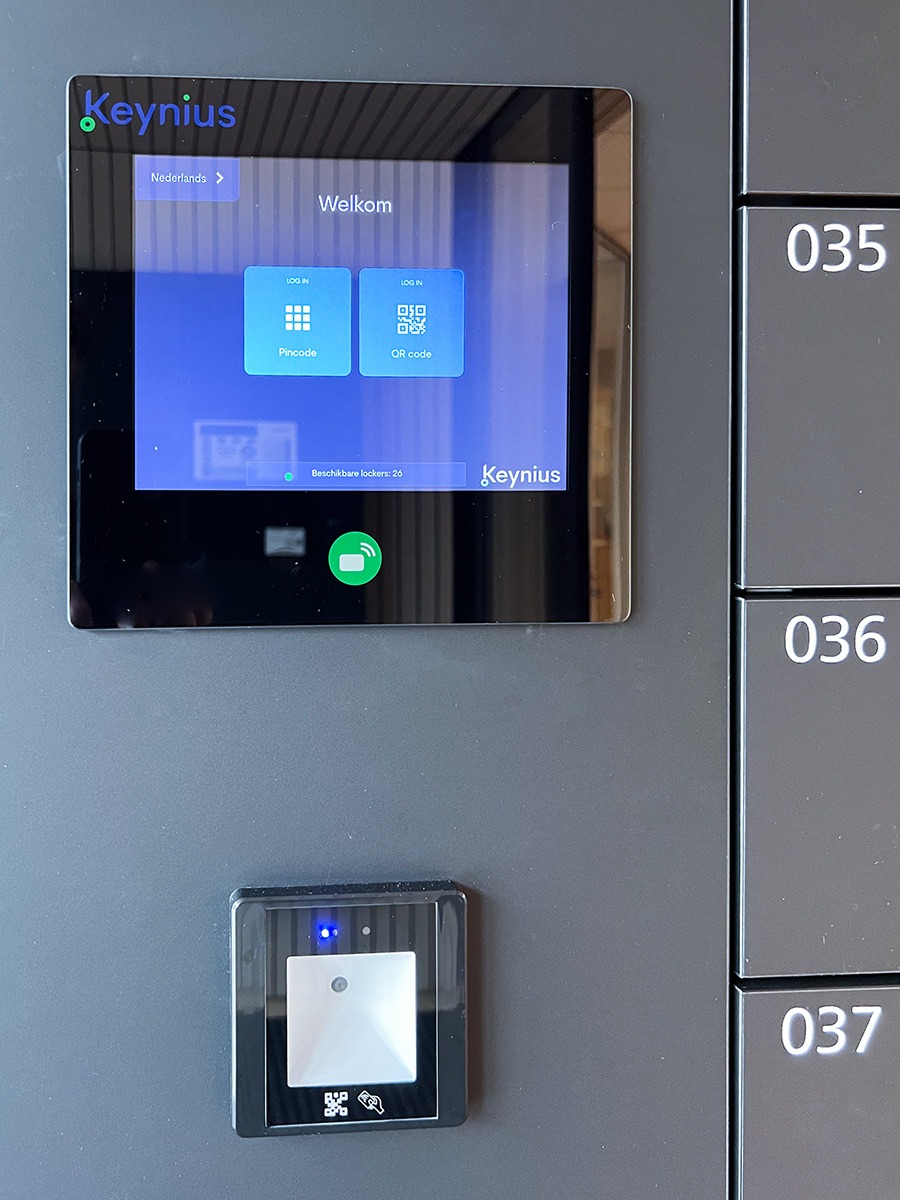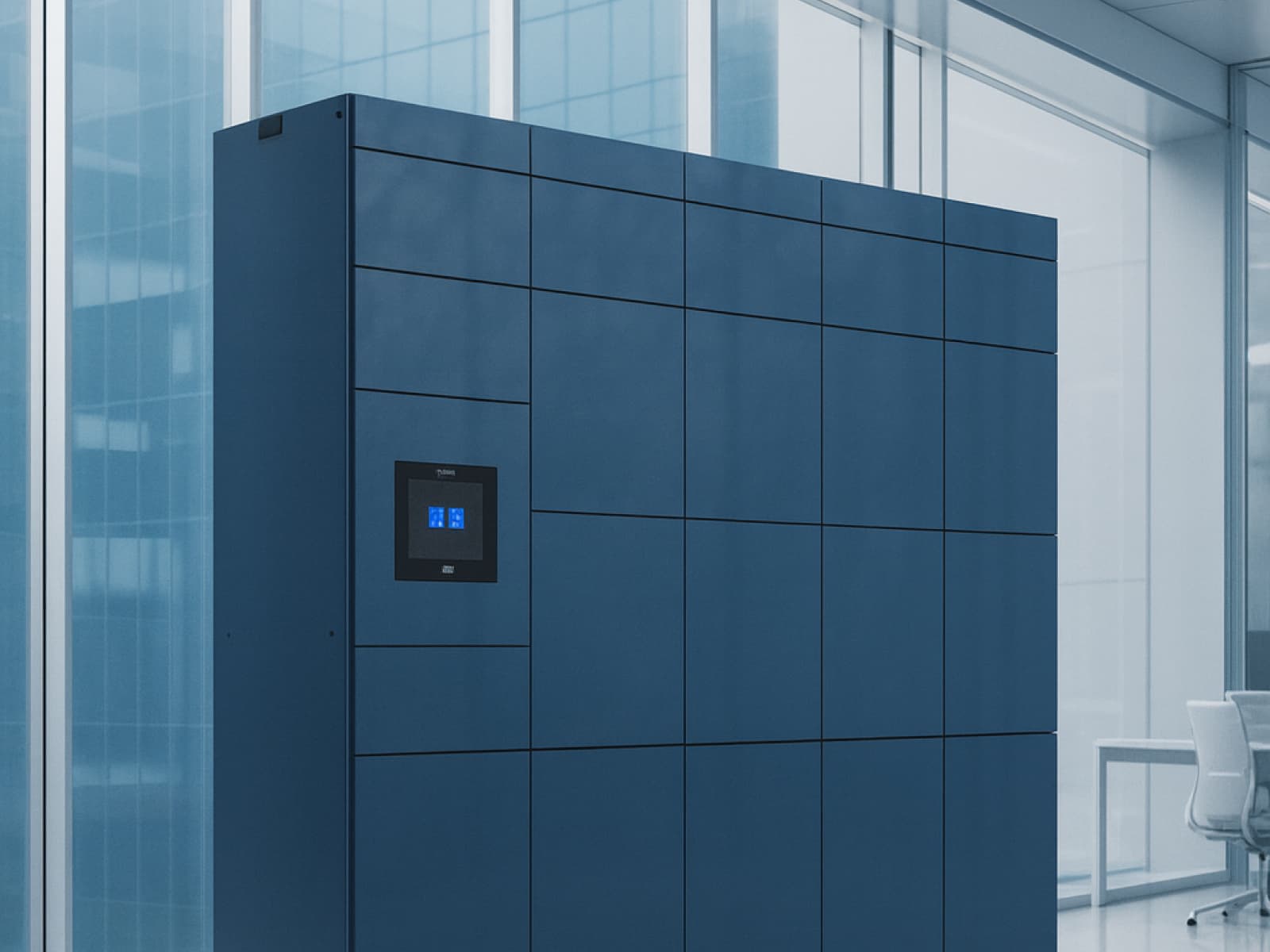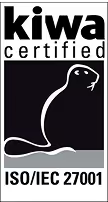In today’s fast-paced world, locker management has evolved beyond traditional lockers with padlocks and keys. Modern organisations now need digital locker systems and smart technologies that improve efficiency and security while providing staff and visitors with user convenience. By using a locker management system, businesses can manage their lockers more effectively, monitor locker usage, and adopt smart locker system offers that suit their exact needs. This article explores how a locker management solution can reshape the workspace, improve workflow, and deliver secure storage in offices, schools, and parcel hubs.
What is a locker, and how are lockers being used today?
A locker is a secure storage system designed to protect personal items or business equipment. In the past, many organisations used a locker with manual keys or combination locks. Today, however, lockers are being used as part of wider storage solutions that include digital access, RFID, and cashless payment methods.Lockers can also support deliveries, act as parcel lockers, or serve as office lockers for employees. By introducing modern locker technology, companies gain safe storage while creating more innovative ways to manage their storage space.
How do smart lockers improve efficiency?
A smart locker integrates rfid, access cards, or a key fob to allow contactless access. Users can unlock a digital lockervia smartphone, while managers benefit from real-time analytics that help them track usage, monitor occupancy, and optimise the number of lockers in use.The smart locker system removes the frustration of lost keys and enables admins to run a logbook of every action. This enhanced security process not only benefits staff but also helps businesses achieve better efficiency and security.

Why are locker systems critical for workplaces?
Locker systems go beyond storage. They are part of the workplace infrastructure, supporting organisation and productivity. Whether as storage lockers, office lockers, or storage solutions for parcels, locker systems are the perfect way to enhance the modern workspace.For businesses, this means less clutter in the office space, better asset management, and smoother workflow. Employees benefit from providing a secure and seamless storage experience that supports their daily needs.
What role does locker management play?
Locker management ensures every locker bank is properly utilised. It involves managing lockers, allocating them with accuracy, and monitoring locker use over time. Relying on a spreadsheet or logbook is inefficient, and that’s where digital systems come in.By switching to online locker management, businesses can automate allocation, generate audit trails, and improve workflow with real-time updates. This is essential for organisations that want to streamline operations and support an integrated management platform.
How does a locker management system work?
A locker management system is a management software platform that connects digital locker locks to admin dashboards. It enables teams to handle allocation, review usage data, and gain insights into how locker sizes are being utilised.With this management system, admins can control locker access, enforce access control policies, and generate reports for compliance. A locker management solution ensures lockers are easy to assign, monitor, and reallocate—helping to enhance operational efficiency.
What is an intelligent locker system?
An innovative locker system or electronic locker system integrates smart locking and electronic locker management tools. This automates locker assignments and gives businesses a smart locker solution that works for both parcel collection and staff use.The intelligent locker design supports asset management, whether for IT equipment, deliveries, or uniforms. By combining rfid, access control, and real-time updates, the smart locker system offersuser convenience and providing a secure solution.
How do locks and lock systems enhance security?
The lock is the foundation of any locker system. Modern lock systems replace manual locker locks with smart locking mechanisms. These use rfid, PINs, or access cards, and can integrate with existing access control.An electronic locker provides safe storage while giving admins real-time analytics. This strengthens security, creates audit trails, and ensures that organisations maintain efficiency and security across their facilities.

How do smart lockers support parcel delivery?
Parcel lockers are an increasingly popular locker solution. They provide secure storage for deliveries, letting a courier leave a parcel safely. Users can access packages via smartphone or access codes, removing the need for staff at reception.These storage lockers are particularly useful in mailrooms, reducing congestion and ensuring workflow efficiency. By adopting electronic locker management, businesses streamline delivery while offering user convenience.
What are the types of lockers available?
There are many types of lockers available, from traditional lockers with manual combination locks to dynamic lockers with digital interfaces. Options include:
- Storage lockers for schools
- Office lockers for workplaces
- Parcel lockers for deliveries
- Intelligent lockers for IT and asset management
Each type has a specific use case, but all contribute to providing a securestorage system. By investing in the right locker technology, organisations can optimise their storage space.
How does analytics improve locker management?
Analytics is central to modern locker management. With real-time analytics, admins can review usage data, identify underutilised units, and reduce the number of lockers required.By tracking locker activity, managers can track usage, refine workflow, and plan for future needs. This empowers the locker manager to make smarter decisions and ensure integrated management across the entire locker estate.
How do organisations streamline operations with locker technology?
Locker technology plays a key role in helping organisations streamline operations. It integrates lockers with wider systems, automates locker allocation, and ensures every locker use is recorded.Using a management platform, companies can handle lockers centrally, enforce access control, and integrate with HR or facilities. This removes manual work, boosts organisation, and ensures enhance security for all personal items.
FAQ about Smart Lockers
How does the Keynius locker system work?
Keynius lockers combine smart electronic locks - smart locks and battery locks - with cloud-based software and optional local controllers via our Smart Home Teacher and Students.
Locks connect via LAN or Bluetooth to the Keynius platform, allowing users to authenticate, open, and manage lockers through touchscreens, RFID, PIN, or mobile app.
Admins control access rights, monitor usage, and configure lockers remotely via the Keynius Portal.
Can I customize the locker design and materials?
Yes. We are the only smart locking provider that owns every part of our supply chain, which includes all components, hardware, cabinetry, and software. This allows us to offer the most customizable smart lockers in the industry.
Lockers are available in multiple materials and colors:
Steel, powder-coated in standard RAL colors.
Wood-based panels with extensive Egger color finishes.
HPL laminate for high-durability indoor/outdoor use.
Outdoor waterproof steel version.
Each locker supports optional side panels, bases, benches, and color branding, or vinyl wrapping, as well as your selection of lock type, connection type, and many other custom add-ons.
Is the platform cloud-based or do I need local servers?
The Keynius platform is fully cloud-managed, requiring no local servers. Hardware like Smart Home Teacher/Student units and Battery Locks connect to the cloud via LAN or Bluetooth and are configured through the Keynius Portal or App.
What authentication/access methods are supported?
Supported authentication methods include:
PIN (capacitive keypad or mobile-assigned)
RFID (MiFare, HID, NFC, Apple Wallet)
Mobile app (BLE) for remote and Bluetooth access
QR code scanning (QR Reader IP65)
Payment terminals can optionally authenticate via debit/credit contactless systems.
How secure is the system and where is the data hosted?
Hardware is certified to CE, FCC, UKCA, and RoHS standards, with IP-rated protection up to IP65 for outdoor units.
Locks feature encryption, motorized mechanisms, and mechanical overrides for fail-safe access.
All data, including access logs and credentials, is stored securely in Keynius’ EU-hosted cloud environment compliant with European data protection standards.
Can Keynius integrate with our existing software?
Yes. The system offers open APIs for integration with HR, facility, payment, or booking systems. Payment terminals support remote configuration through the Terminal API.
View our existing integrations here.
What industries or use cases is Keynius suitable for?
Keynius offers a modular, flexible design which makes it compatible for nearly every industry and use-case.
Our most common sectors include:
- Corporate offices (personal storage, hybrid desks)
- Education (student lockers, IT device storage)
- Logistics and retail (parcel and click and collect)
- Leisure, hospitality, and healthcare (staff or visitor lockers)
What’s included in the setup and onboarding process?
Every project is different and requires its own scope, but we strive to offer a consistent and repeatable solution as much as possible to streamline our effectiveness and the quality of service we're able to deliver.
1. Design phase: Configure cabinet models, lock types, and finishes.
2. Installation: Connect Smart Locks to the Smart Home or cloud (plug-and-play).
3. Software setup: Locker walls created in the Keynius Portal; access rights assigned.
4. Training: Admins and users onboarded via the app guide.
5. Support: Remote monitoring, software updates, and Keynius support line.








%201.svg)
%201.svg)
